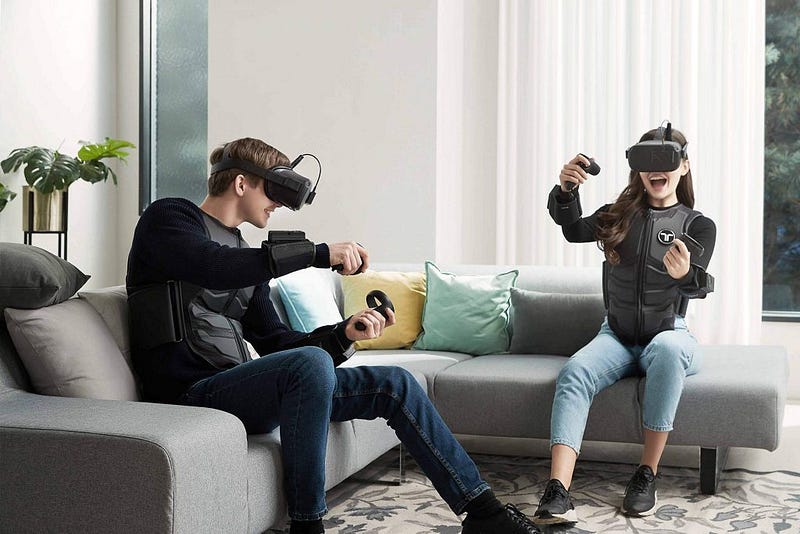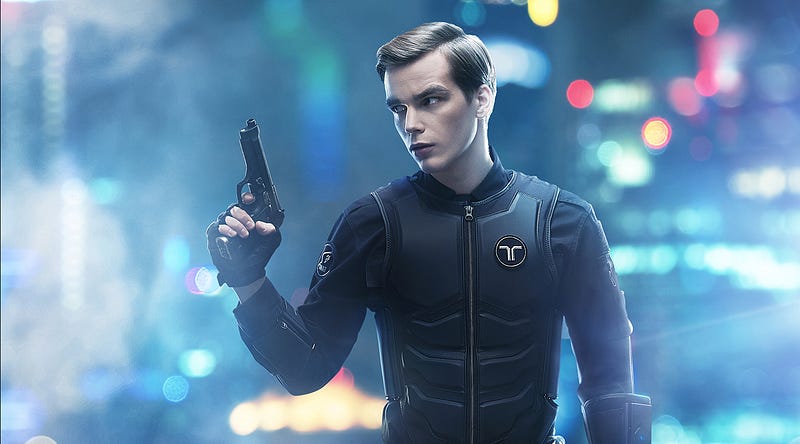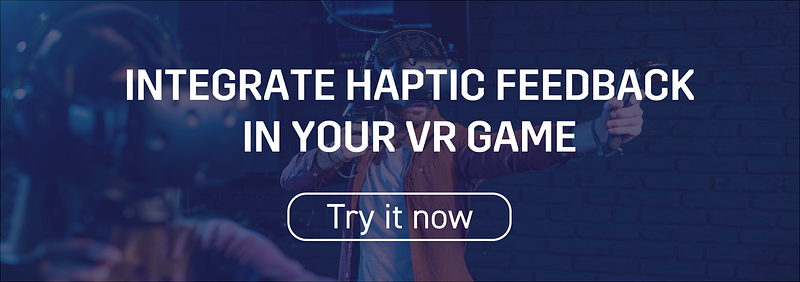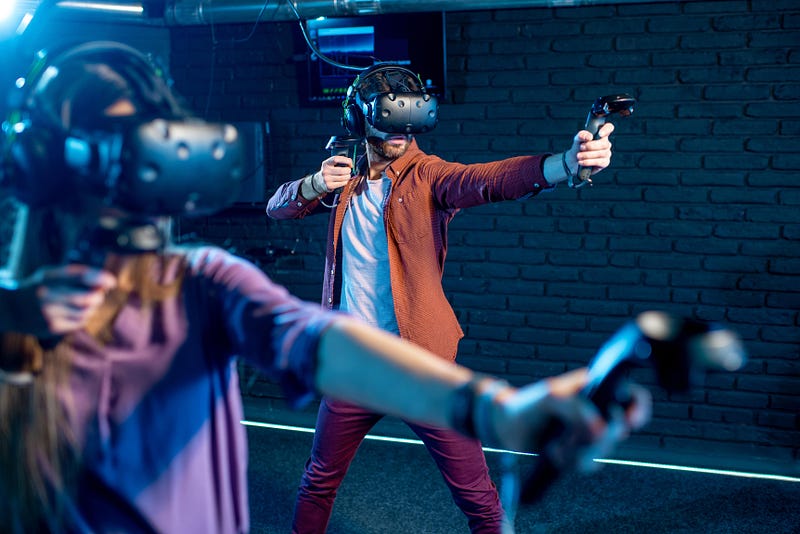The Haptics club is an Open community about #Haptics. Founded by members of Unity, Interhaptics, Senseglove, and Nanoport. An event every other week with speakers from various industries and academia.
Do you want to listen to the full podcast?

Who is Alex Meland and bHaptics?
Alex Meland is a Community Manager at bHaptics, and passionate about the world of haptics. bHaptics is a company that specialized in full-body haptic suits. It provides a ‘sense of touch’ to virtual reality more closely than ever before imaginable. The company believes the most elaborate haptic feedback brings gaming, entertainment, and other interactive content to the next level by bringing the most profound emotional connections between the artificial world and users.
When working in haptics, the first challenge is to make people understand what it is. Because it is not a very common topic for the public at large, you have to start by evangelizing it, before even explaining how it works and why it brings a huge value to VR content. Most of the time, people have already used it but without knowing it.
The experience of haptics bodysuits in VR gaming
When you are in a VR environment you embody the full experience, and it makes a major difference between playing a shooter in a video game and a VR game. In a video game, this is your avatar who is being shot out, whereas in a VR game it is you who is being shouted, and with the integration of haptics, you can feel the bullet and the deflagration. You can feel the reload of your gun, or when a rocket is coming at you, but only in your hands if you are only using controllers with haptic feedback. This is where people start realizing that being able to feel the haptic feedback on other parts of your body can change the game, to fill the gaps between the virtual experience and the reality. With some suits, like the Tesla suit, you can even feel cold and heat on your body, in addition, to force feedback.

The key to a successful haptics experience
The key for haptic devices to work is to be extremely well integrated into the gaming experience, to be easy to use, and to fit with users’ expectations. Challenges on integrating haptics in VR gaming are to reach developers to make the experience work effortlessly. The implementation process is fairly easy, like plugging a subtitle to a movie, choosing where and when the haptic feedback has to happen. Overall, the main challenge with haptics is to get more and more devices using this technology natively.

The challenges faced by haptics today
Because it is very niche, convincing gaming developers to integrate haptics into their games can be quite tricky. And the only way to convince people is to give them that first taste of it, by making them try haptic devices and the way it completely changes the gaming experience.
The future of haptics
Regarding the future of haptics, Alex Meland sees it going the way it did for VR, it has real potential. But for now, because buying a full suit is more expensive than the actual VR equipment, people are not fully ready to invest. But once it will because more affordable, lighter, and more comfortable, it has great days coming up.

Who is the Haptics Club?
The Haptics Club was founded by Manuel Sansily from Unity, Ashley Huffman from Nanoport, Gijs den Butter and Irina Tripapina from Senseglove, and Eric Vezzoli and Sarah Alkibsy from Interhaptics.
Follow the Haptics Club on Twitter and LinkedIn to stay updated with the next events.
Who is Interhaptics?
Interhaptics is a software company specialized in haptics. Interhaptics provides hand interactions and haptic feedback development and deployment tools for virtual reality (VR), mixed reality (MR), mobile, augmented reality (AR), and console applications. Interhaptics’ mission is to enable the growth of a scalable haptics ecosystem. Interhaptics strives to deliver top-notch development tools for the VR/MR/AR, mobile, and console developer community, and the interoperability of haptics-enabled content across any haptics-enabled platform.







